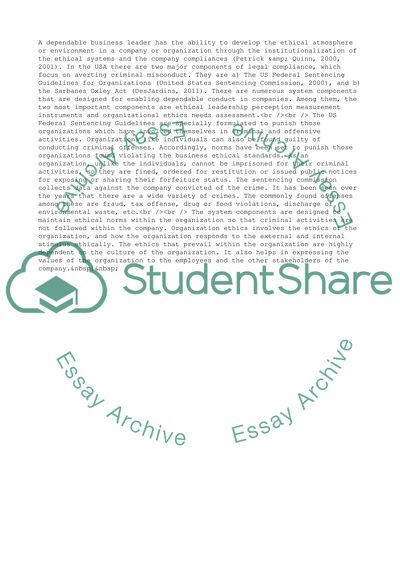Cite this document
(The Leadership Competencies in the Competing Values Framework Assignment, n.d.)
The Leadership Competencies in the Competing Values Framework Assignment. Retrieved from https://studentshare.org/business/1785179-mgt-3110-individual-writing-assignment
The Leadership Competencies in the Competing Values Framework Assignment. Retrieved from https://studentshare.org/business/1785179-mgt-3110-individual-writing-assignment
(The Leadership Competencies in the Competing Values Framework Assignment)
The Leadership Competencies in the Competing Values Framework Assignment. https://studentshare.org/business/1785179-mgt-3110-individual-writing-assignment.
The Leadership Competencies in the Competing Values Framework Assignment. https://studentshare.org/business/1785179-mgt-3110-individual-writing-assignment.
“The Leadership Competencies in the Competing Values Framework Assignment”, n.d. https://studentshare.org/business/1785179-mgt-3110-individual-writing-assignment.


